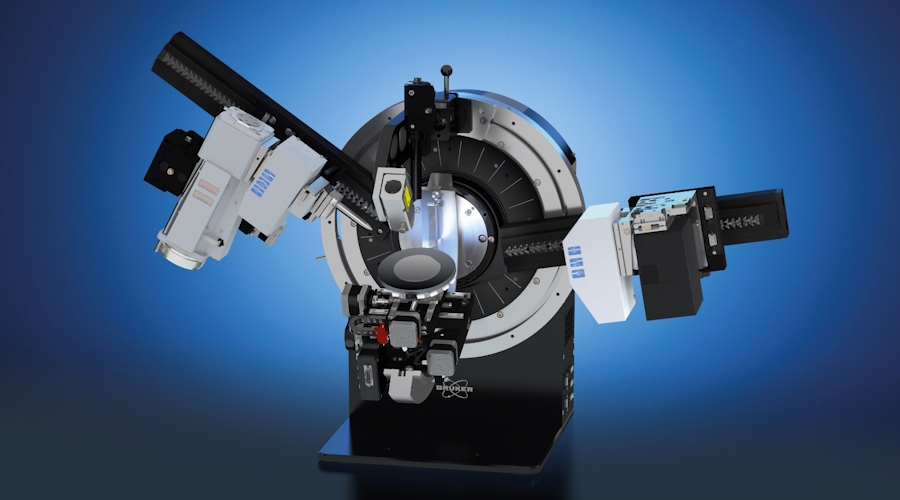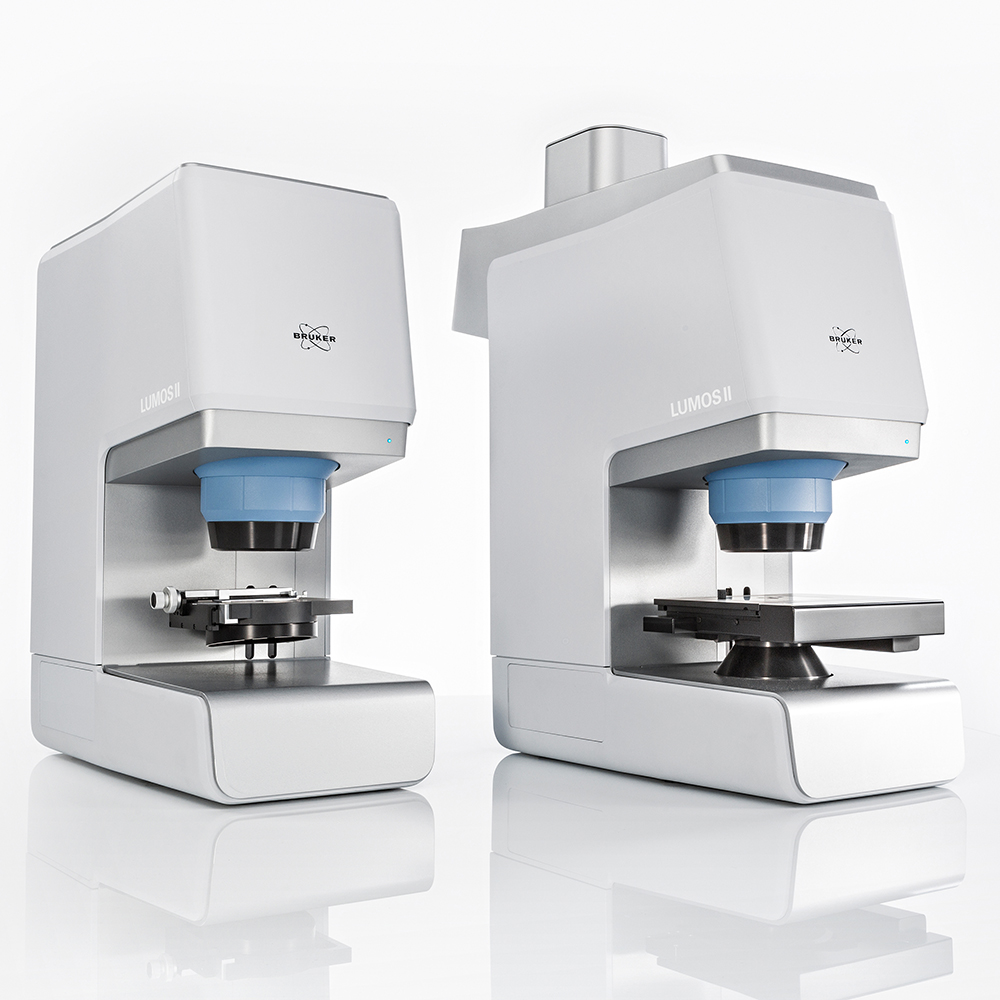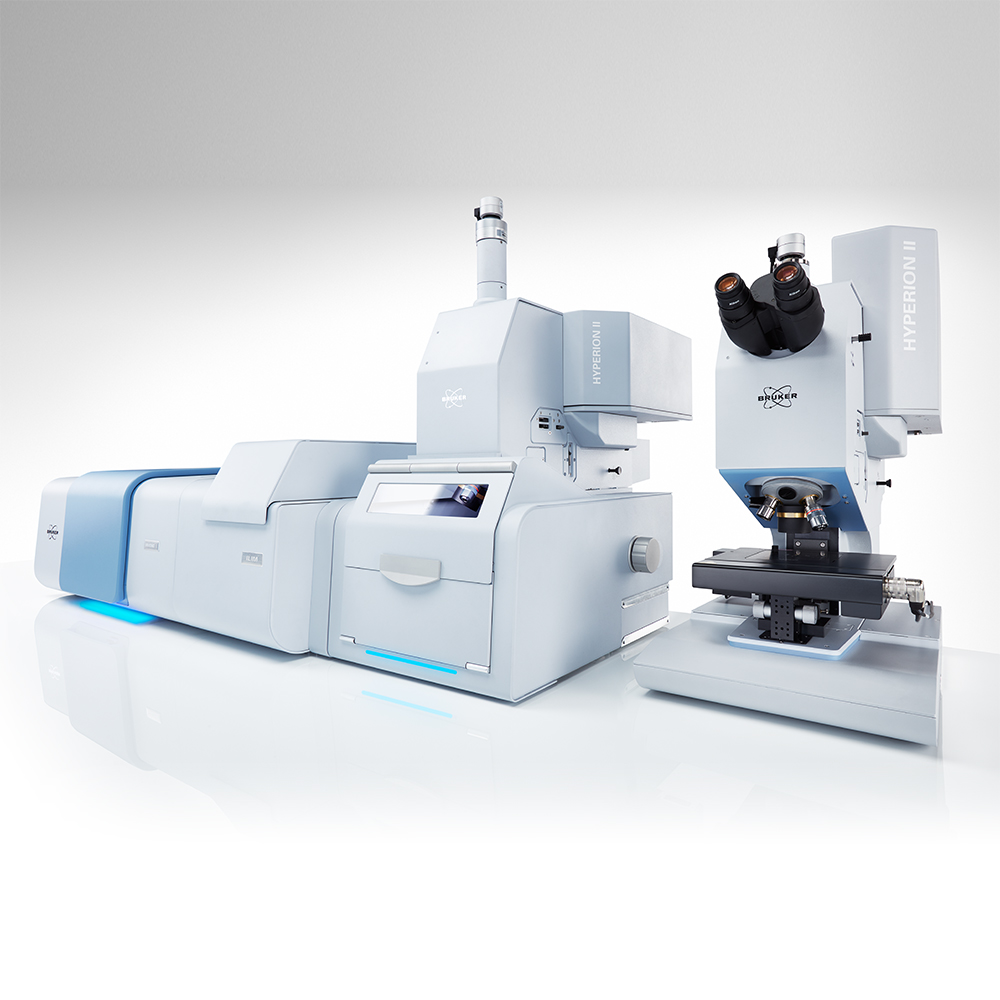

Fabricación de fibras
Inspección de calidad de las fibras en la fabricación con FT-IR
Para caracterizar químicamente las fibras naturales y sintéticas, así como las orgánicas e inorgánicas, la microscopia FT-IR es una herramienta extraordinariamente eficaz. Por su capacidad de medir con una alta resolución lateral, la presencia de una sola fibra suele ser suficiente para realizar un análisis.
No importa si se trata de un análisis de la propia fibra, de su recubrimiento o de la funcionalización química. La FT-IR proporciona información precisa sobre la composición química y las propiedades de la fibra. De esta manera, pueden obtenerse datos vitales para las aplicaciones de control de calidad.
Desarrollo e investigación de nuevos materiales de fibra con FT-IR y Raman
La innovación es uno de esos diferenciadores clave que cada vez está cobrando mayor importancia. Ya se trate de fibras autorreparadoras, inteligentes, conductoras de electricidad o muy resistentes, los métodos Raman y FT-IR pueden ayudar en su descubrimiento.
La microscopia y la espectroscopia FT-IR permiten la caracterización química y la cuantificación del contenido de muestras colectivas o microscópicas. Al añadir la espectroscopia resuelta en el tiempo, también es posible investigar las reacciones químicas. Esta capacidad la convierte en un activo incalculable en la investigación de materiales.
En comparación directa, la microscopia y la espectroscopia Raman ofrecen una resolución espacial aún mayor para aplicaciones microscópicas, hasta la investigación de nanofibras (≥ 0,5 µm). Especialmente para las fibras de carbono y carburo o cualquier otro análogo del carbono, Raman ofrece ventajas decisivas para toda la investigación de materiales.
Application of XRM in woven and non-woven fabrics
Functional clothing nowadays consists of high-tech textiles made of natural or synthetic fibers. Key properties such as permeability or thermal isolation strongly depend on the fiber orientation and packing density.
The same is also true for non-woven fabrics such as paper products or filtering materials in regards of their mechanical strength or hydraulic properties respectively.
X-ray microscopy supports product developments by providing a thorough understanding and analysis of the 3D microstructure and fiber orientation.
Orientation and Nanostructure Analysis of Fibers
Similar to how a rope is made from many strands, polymers and organic fibers are often made of many intertwined molecules. The orientation, size and interconnected structure of these fibers on the nanoscale strongly influence their bulk properties. X-ray Diffraction and Small Angle X-ray Scattering offer a window into this nanoscopic world by revealing the length scales and degree of orientation of these nano-features.


